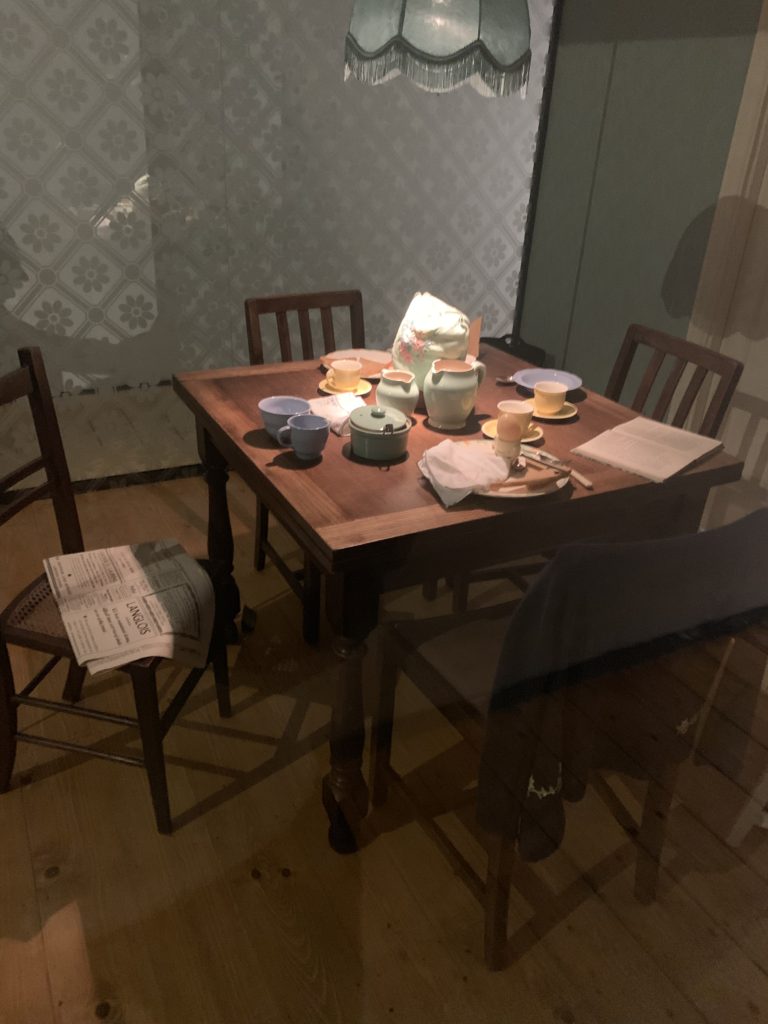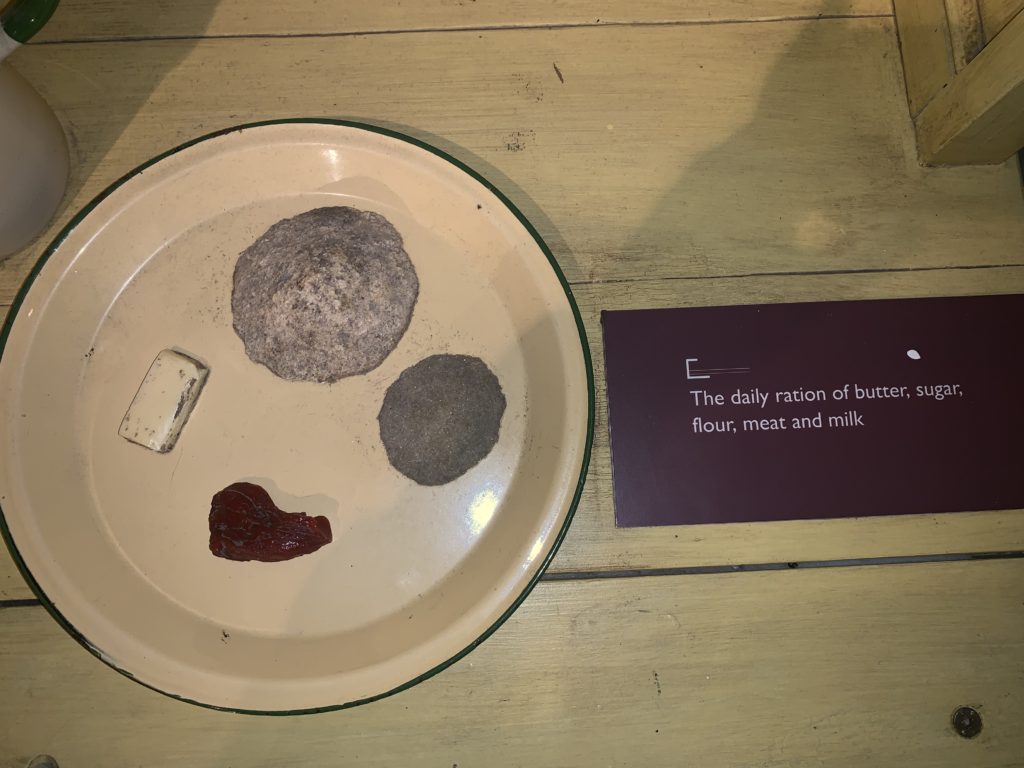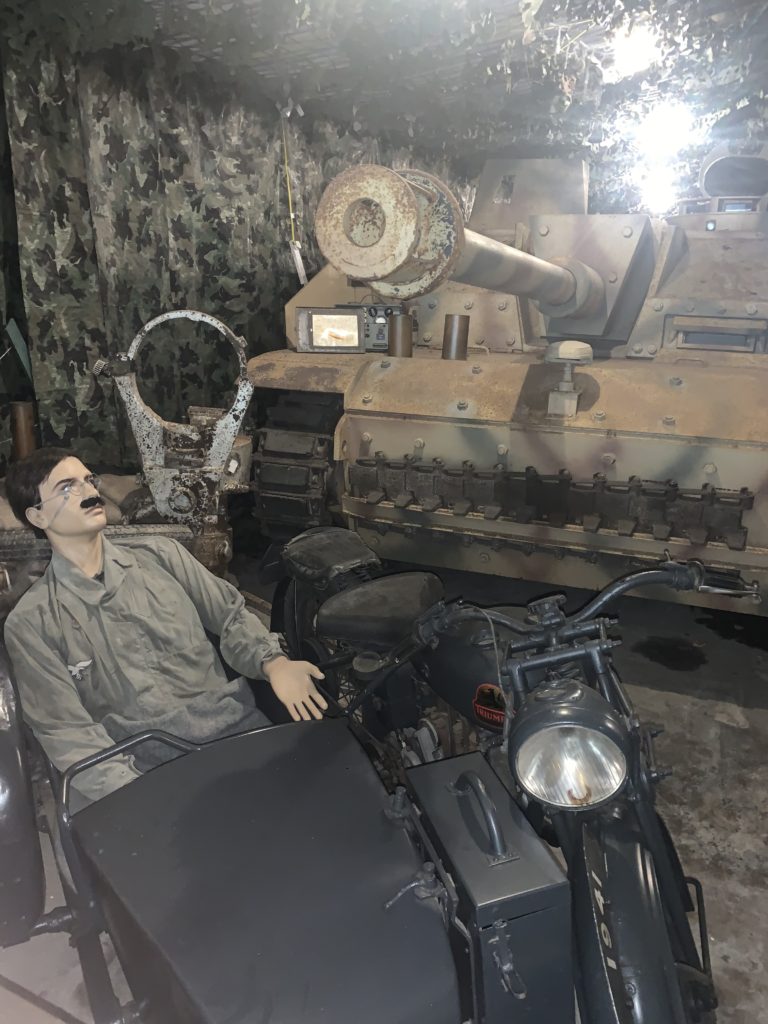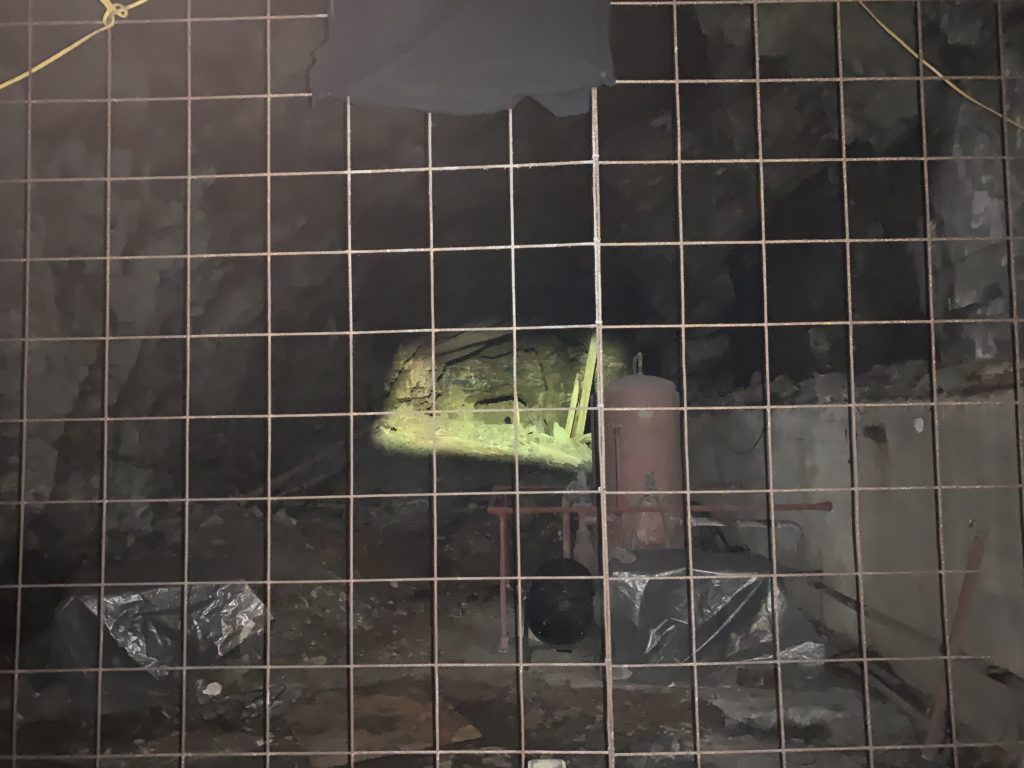How it All Started
During World War II, the Crown left Jersey defenseless and the Island became occupied by German forces.Jersey War Tunnels are a product of five long years of occupation; they bore witness to the particular cruelty of the Nazi regime.Dug deep into the hillside by forced and slave workers from nations across Europe, they now contain an underground collection of thought provoking exhibits that tell the fascinating story of Jersey’s occupation from resistance, through to starvation, then eventual liberation.
The imposing, cavernous entrance tunnel will take you deep into the hillside, into a network of extraordinary tunnels unlike anything you have seen before. This vast network of underground tunnels was designed to allow the German occupying infantry to withstand Allied air raids and bombardment in the event of an invasion. In 1943, it was converted into an emergency hospital.
As the UK announced that it would not defend the Channel Islands, residents were faced with an impossible choice – to stay and face the unknown enemy or to go, leaving behind families, friends and possessions.
Daily Life
As restrictions and shortages increased, daily life for islanders became more difficult. This recreation of a Jersey home during the occupation gives an insight into the make do and mend mentality that kept residents going throughout these dark years. In the final months of occupation, Islanders became desperate. Food shortages were acute and with no knowledge of when the war would end, the Island entered its darkest times.

And while we were in the war tunnels we saw a representation of the daily rations they used to get which were barley enough for the people.

Fortress Island
Far in excess of their military significance, the Channel Islands used one twelfth of the reinforced concrete of the entire Atlantic wall. Had the Nazis deployed these resources more reasonably, they could have doubled the strength of the Atlantic wall and had a profound effect on the Allied advance.

The Unfinished Tunnel
Men toiled with picks and shovels, loading rocks into trolleys and pushing them back up to the tunnel entrance. In the semi-dark and the damp, with the constant fear of rock falls, this back-breaking work went on in 12-hour shifts. I experienced it all through an interactive audio-visual experience in the unfinished tunnel itself.

Conclusion
In conclusion, going to the Jersey war tunnels has made me connect and feel what living and working in them at that time felt like. And i’m glad we got to see all those stories of what happened in these tunnels at the time during the occupation.
